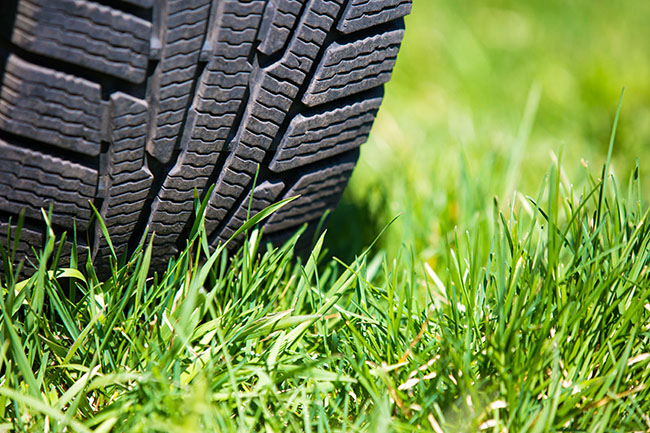Table of Contents
How to choose the best summer tyres for your car
With the onset of spring, when the average daily air temperature is above zero, experts recommend changing winter tyres to summer tyres. In some countries, car owners are fined for using tyres that do not correspond to the season. In this article we will tell you why it is so important to take the weather conditions into account when choosing tyres, and what kind of tyres are best.
Why should I change from winter tyres to summer tyres and when to chenge it?
Winter tyres are made of a softer rubber compound, the elasticity of which, when in contact with hot asphalt, significantly increases. Due to this, the road grip reduces, the tread wear accelerates, the risk of its puncture, when running over an obstacle, rises, and the braking distance increases. In addition, excessive softness affects the roadholding ability of the car. Therefore, for manufacturing summer tyres, a more rigid compound with a lower content of silicon polymers is used.
Summer tyres differ from winter tyres also by the tread pattern. It has a pronounced longitudinal direction, narrower grooves, and sipes of another configuration, which reduces the risk of hydroplaning, improves the grip on dry and wet road surfaces, ensures the tyre deformation resistance during maneuvering, short braking distance and excellent steerability.
10 tips for choosing and operating summer tyres to help you get the most out of your summer tires
- The decision to change the tyres should be taken basing on the vehicle operating conditions, since the off-season weather may be unstable, with significant temperature changes between the day and night. Therefore, if, for example, you use the vehicle mainly in the morning and in the evening, do not rush to install summer tyres. It is better to wait until the average daily temperature reaches 5-7°C and becomes stable.
- When using old tyres, be sure to check the remaining thickness of the tread. It should be not less than 2.5-3 mm. Otherwise, the road grip will be insufficient.
- Since the tyres on the drive axle wear out more, swap the front and rear tyres when changing them next time; and if the tread pattern allows, swap also the right and left ones. This will contribute to the car steerability and increase the service life of the tyres. If old tyres are used on one axle, and new ones are used on the other axle, than the new ones are recommended to be installed on the driving wheels.
- When choosing new tyres it is important to select the correct tread pattern in accordance with the vehicle operating conditions. For example, for quiet driving, symmetrical tyres with non-directional pattern will do. They are inexpensive, have well-balanced characteristics and can be reversed. Tyres with asymmetric tread pattern are the most versatile. They ensure the roadholding ability of the car on both dry and wet surfaces, so they are great for sports driving. Tyres with directional pattern are indispensable in rainy areas, as they are highly resistant to hydroplaning.

- The longer the tyres are stored in the warehouse, the shorter is their service life, since rubber tends to age. Therefore, it is advisable to buy products made not earlier than 1-2 years ago.
- Rigid tyres, all other things being equal, are more resistant to wear. Therefore, if a vehicle covers a great distance every day, it is better to give preference to them. But at the same time it should be noted that soft rubber has a better grip.
- For light alloy wheels, tyres with a high load index should be selected. Such products are less prone to sidewall punctures, but cause a slight increase in fuel consumption.
- Changing the wheels in assembly is much more economically reasonable and convenient than replacing the tyres themselves. In the first case, you can do the work yourself. In addition, the probability of damaging the tyre during dismantling and installation is reduced.
- When selecting among the tyre sizes recommended by the automaker for use during the warm season, we recommend to give preference to wide ones. Such a tyre has a larger contact spot. But note that its propensity to hydroplaning may also be higher.
- The tyres will serve you for a long time if you opt for products by famous brands such as Continental, Bridgestone, Dunlop, Goodyear, Michelin, Pirelli, Cooper. As a rule, in addition to production facilities and test sites, these manufacturers have their own research centers, so they actively develop and implement innovative technologies. Their product range only comprises reliable, high performance, high quality and safe tyres.

Conclusion
The quality and reliability of tyres directly affect the road traffic safety. Vehicle steerability, its roadholding ability, off-road performance, braking distance depend on them. Therefore, choosing the tyres should be approached responsibly. Adhere to the recommendations of the automaker and our tips, to avoid mistakes when buying and using tyres.
A useful video on this topic:
3 things to know before buying summer tyres






























